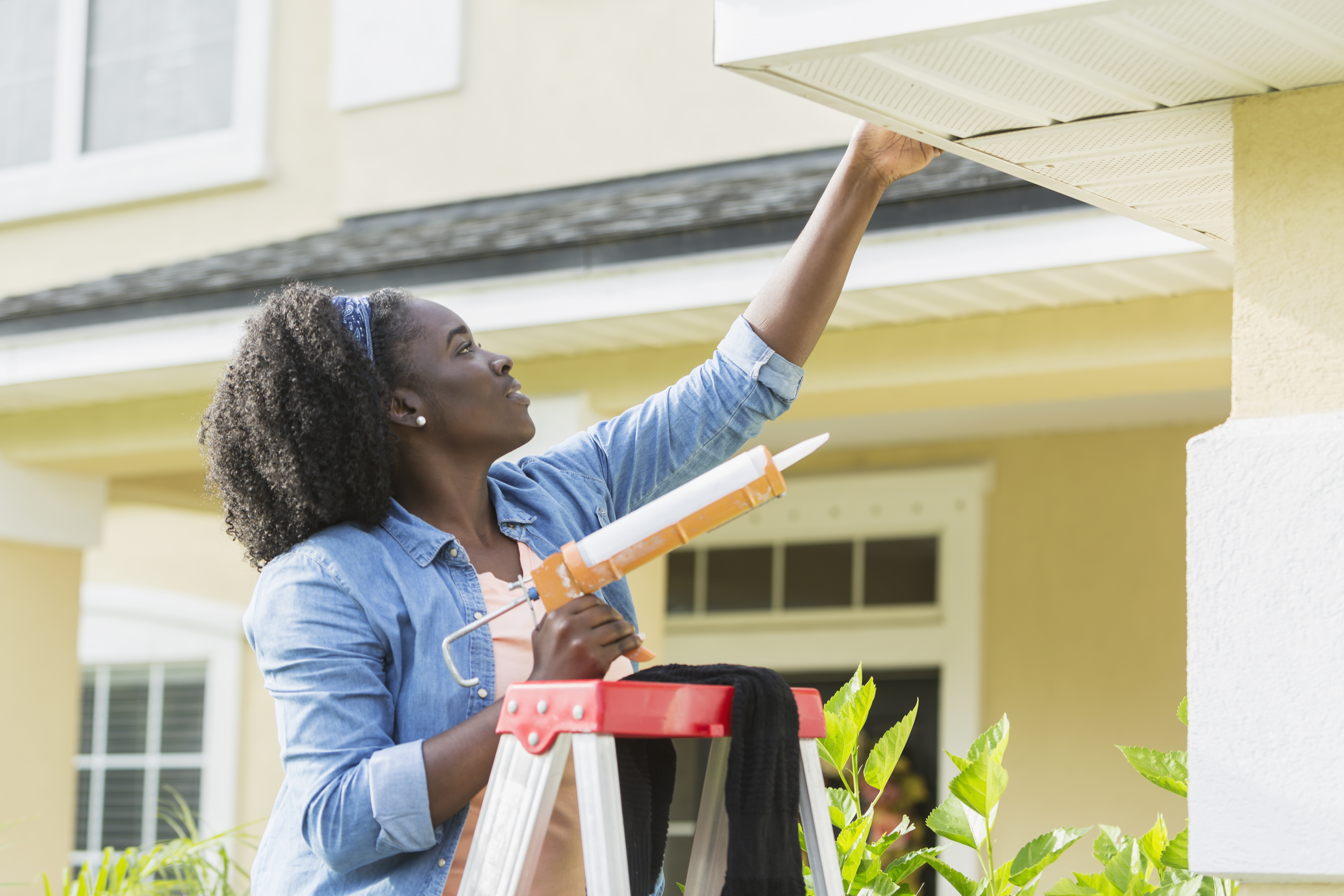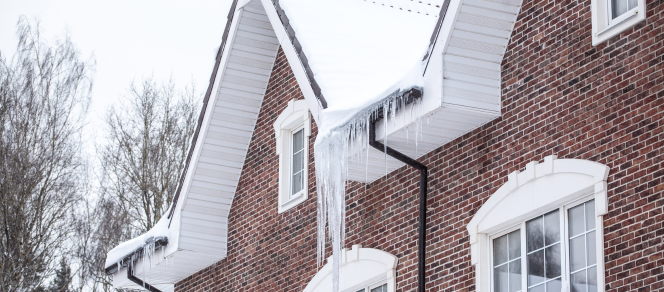Pest Management: An Additional Benefit of Energy Efficiency Improvements

Elevate Energy’s commitment to promoting safe, healthy, and energy efficient housing has pushed us to further consider all of a building’s needs. We’re helping home and building owners address as many health and safety problems as possible by providing direct services, guidance, or referrals, including pest management resources.
Maintaining the envelope of a building (e.g., the exterior walls, windows, doors, etc.) is extremely important to improve a building’s energy efficiency. However, a well-sealed building will also prevent pest problems and all the related health and safety issues they can cause, such as asthma, allergies, and various diseases. This is where energy efficiency improvements can generate enormous additional health and safety benefits.
Before it gets too cold, fall is a great time to examine your building for maintenance problems that can let cold air in, warm air out, and act as vacancy signs for pests. Rodents are particularly interested in finding shelter for the winter months, and mice only need a space about the size of a dime to get into your building.
Some simple integrated pest management (IPM) steps can help protect your building, increase energy efficiency, and avoid using harmful chemicals to tackle pest issues. Walk around your building’s exterior and look for gaps and holes where pests can get in. Below are a few examples of what to look for and how to correct the problem:
- Doors: If you can see light coming in under or around doors, a pest up to the size of a mouse can get in.
- For gaps under the door, install a door sweep. We recommend ones that are chew-resistant, but most door sweeps will work if the gap is filled.
- For gaps around the door, rehang the door or install weatherstripping to seal.
- Windows: Check to make sure windows are functioning properly and the caulk around the windows hasn’t deteriorated. This is especially important for basement windows or windows close to the ground.
- If the caulk is missing or deteriorating, re-caulk the area.
- If there are gaps around the window, repair the window and/or install weatherstripping to prevent access for pests.
- Pipes, Cables, and Cracks: We poke a lot of holes in our buildings for water, gas, electricity, cable, and so on. Sometimes, grout or other sealants crumble with age or are missing, or cracks appear in the walls and foundation and must be repaired. You’ll need a different sealant for different surfaces (e.g., brick, vinyl siding, etc.). Ask your local hardware or home supply store for advice and seal those areas.
- Large Holes and Gaps: These will require some special attention and, like filling other gaps, repairing them will depend on where the hole is and what the structure is made of.
- Take pictures of these issues and bring them to a home supply store for advice. Other professional help may be required.
- Air Conditioners and HVAC Systems: Remove window air conditioners for the season, and make sure any ventilation or heating and cooling systems are working properly and have the appropriate screening in place to prevent access from the outside.
Pro tip: Where possible, stuff steel or copper wool into gaps and then seal them. Mice won’t chew through these materials, but they can push them out if not sealed.
Now’s the time to repair your building envelope as much as you can; doing a little now can save a lot of headaches later. A single female mouse can produce about 50 to 80 babies in a single Chicago winter (about six months). Preventing pests from ever getting in is the key to control, and as a reminder, these improvements can help improve the comfort of your home and reduce your energy costs.
To bolster our ability to offer pest management and health and safety assistance during energy efficiency upgrades, we recently hired subject matter expert Ruth Kerzee, former Executive Director of Midwest Pesticide Action Center. Ruth will contribute great value to our efforts to create healthy, affordable homes for all.
To learn more about preventing pests in your building, check out “Pest Prevention by Design,” which offers great ideas about what can cause pest problems from a design and maintenance perspective. Find other IPM information in our fact sheet, “10 Steps to Pest Control.”



